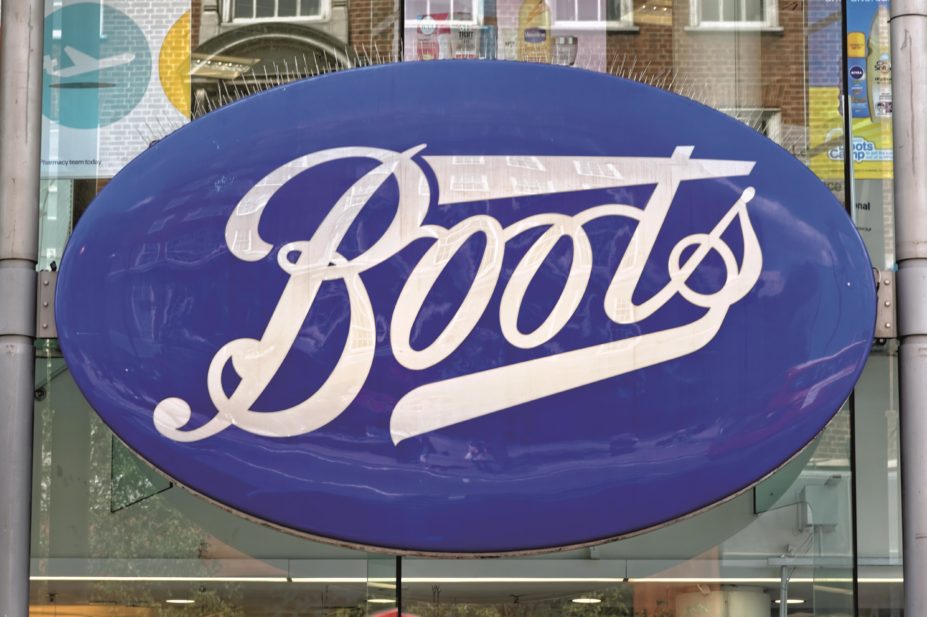
Angelina Dimitrova / Shutterstock.com
Boots will compare an individual pharmacist’s salary to an external market median for its pay review scheme for 2015. The company will then use this figure to determine pay rises — pharmacists who are in the 80–100% range of their salary median might see a higher increase in their salaries, say 2–4%, but if they sit between 100–120% of the median, the pay rise would potentially be lower and could be 0–2%.
“It will give a much clearer idea about where you and your team are now and how pay can progress in future,” said Karl Crane, Boots’ director of stores, in a memo to company employees.
The company will use a third party to calculate the median based on data from other multiples, such as Lloydspharmacy, Superdrug, Tesco, Morrison and Co-operative Pharmacy.
Boots is one of the largest pharmacist employers in the UK, with some 6,891 workers on its books, and the PDA Union is concerned the pay review could incentivise other employers to lower their salaries by creating a downward pressure on the median rate year on year.
The union, which has an ongoing spat with Boots on whether it should represent its pharmacists on pay, says a market-based approach will reduce pharmacists’ salaries by stealth, particularly for its longer-serving workers and takes little account of their experience and loyalty.
Boots has defended the approach it is taking to review pharmacists’ salaries following criticism from the PDA Union. Marc Donovan, head of healthcare HR at Boots UK, says using a market-based approach to pay enables the company to identify “the right package for our roles and empower our leaders to make individual pay decisions to reward colleagues fairly.
“Last year this approach was used for support office colleagues as well as for all senior leaders within the business. In 2015 this approach is being extended to include pharmacists, store managers and assistant managers.”
According to the PDA Union, a newly qualified pharmacist working a 40-hour week could expect to earn £34,000 a year (equal to £16.34 per hour), a Level 1 pharmacist £34,400–£51,600 (up to £24.81 per hour), while an advanced pharmacist practitioner can expect £36,800–£55,000 per year (up to £26.54 per hour).
Some of the details surrounding the plan came to light in a video published on YouTube but which has since been removed. A copy of the transcript was supplied to The Pharmaceutical Journal by the PDA Union, although the video itself was not provided and Boots has not confirmed its accuracy.
Andy Harwood, partner at HPG Group, a Hertfordshire-based pharmacy recruitment and pharmacy sales business, says: “Boots’s decision to limit the pay rise to 0–2% for experienced pharmacists reflects the influx of pharmacists on the market, which is having an impact on the salaries that pharmacists can command.
“There just aren’t enough jobs around. It is a real shame that Boots is doing this to experienced pharmacist workers as they should pay for their experience. If you want younger pharmacists that’s OK, but more experienced pharmacists deserve more money.”
In his experience, the median annual salary for a community pharmacist varies from £45,000–50,000 per year (based on a 40 hour week).
He says: “We can’t hold Boots responsible for the market changes because so many pharmacists are looking for work.”


